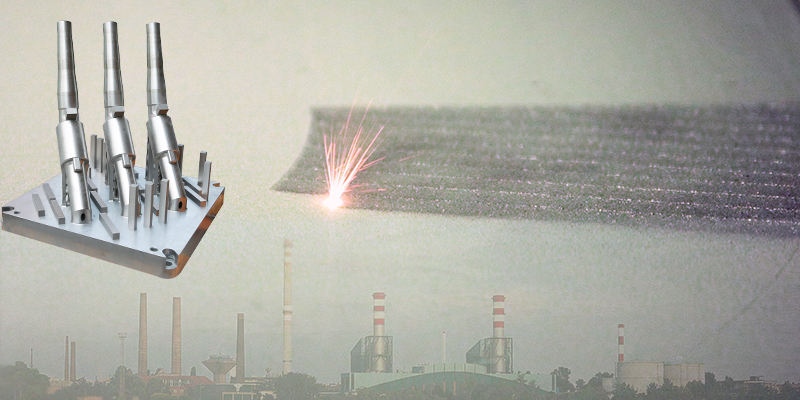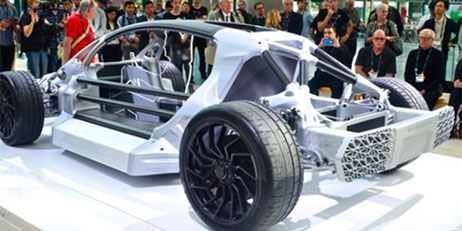Additive manufacturing industry 4.0, as a high-tech plan proposed by the German government, led the fourth industrial revolution to a certain extent and promoted the transformation of manufacturing to intelligence. It covers three major themes, namely "smart factory", "smart production" and "smart logistics".

Additive Manufacturing (Additive Manufacturing, AM), commonly known as 3D printing, combines computer-aided design, material processing, and molding technology, based on digital model files, and integrates special metal materials, non-metal materials and medical biology through software and numerical control systems. The materials are piled up layer by layer according to the methods of extrusion, sintering, melting, light curing, spraying, etc., to produce physical objects.
As one of the representative cutting-edge technologies, 3D printing can provide efficient solutions for rapid and accurate personalized manufacturing. It is rapidly becoming a key method and an important tool for "intelligent production", which has changed the traditional manufacturing industry to a certain extent. Development model, and promote the traditional manufacturing industry to accelerate the transformation to the direction of intelligence.
Specifically, in the additive manufacturing industry 4.0 era, the value and application prospects of 3D printing technology in intelligent manufacturing are mainly reflected in the following aspects:
(1) Small batch parts customization
3D printing technology has many advantages such as on-demand manufacturing, reduction of waste by-products, multiple combinations of materials, accurate physical reproduction, and portable manufacturing. It can greatly reduce manufacturing costs, shorten processing cycles, realize design and manufacturing integration and complex manufacturing, and greatly reduce production costs.
(2) Supply chain management
The emergence of 3D printing has changed the original supply chain mechanism and has had a profound impact on supply methods. Under the supply chain model supported by 3D printing, only the 3D data package of the product and the corresponding consumables need to be provided, and the company can deliver the products immediately after production according to the order, and the finished products can basically achieve zero inventory.
(3) Free design
An underestimated major advantage of 3D printing is that it can achieve inherent freedom of design. Industrial designers can use 3D printing to create brand-new geometric figures and manufacture parts with various advanced features.
(4) Flexible manufacturing
Manufacturers are constantly looking for new ways to manufacture and test products. 3D printing can create the necessary tools and components to speed up the development of new products. With 3D printing, manufacturers can also produce the parts and auxiliary tools necessary for the efficient operation of their manufacturing and testing systems.
(5) Speed up the product iteration cycle
Traditional industrial design is not only slow but also expensive. 3D printing is faster and cheaper. With new solutions that can double the production capacity, the speed advantage of 3D printing will be more obvious, and rapid mass production can be realized.
As intelligent manufacturing increasingly becomes the major trend and core content of the third industrial revolution and additive manufacturing industry 4.0, 3D printing will become one of the disruptive technologies of the future manufacturing industry relying on its unique advantages. In the future, 3D printing will gradually form a complete ecosystem, with sound intellectual property rights, cloud-based dynamic data flow, traceability of process manufacturing, intelligent process quality control, product quality standards and other advantages. Play greater value in manufacturing and lead a new era of socialization and customization of 3D printing.
























